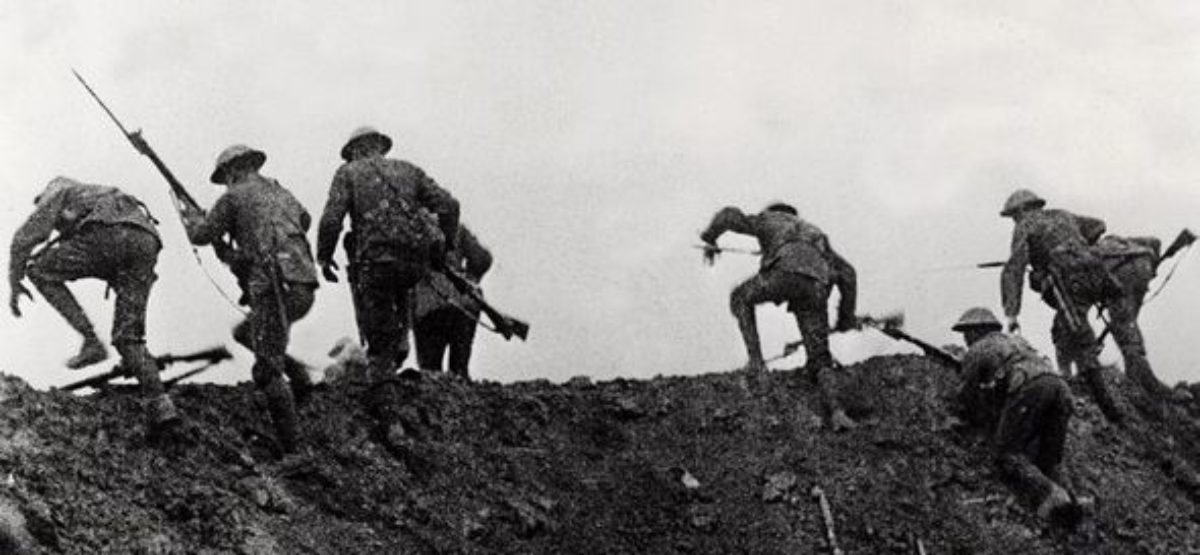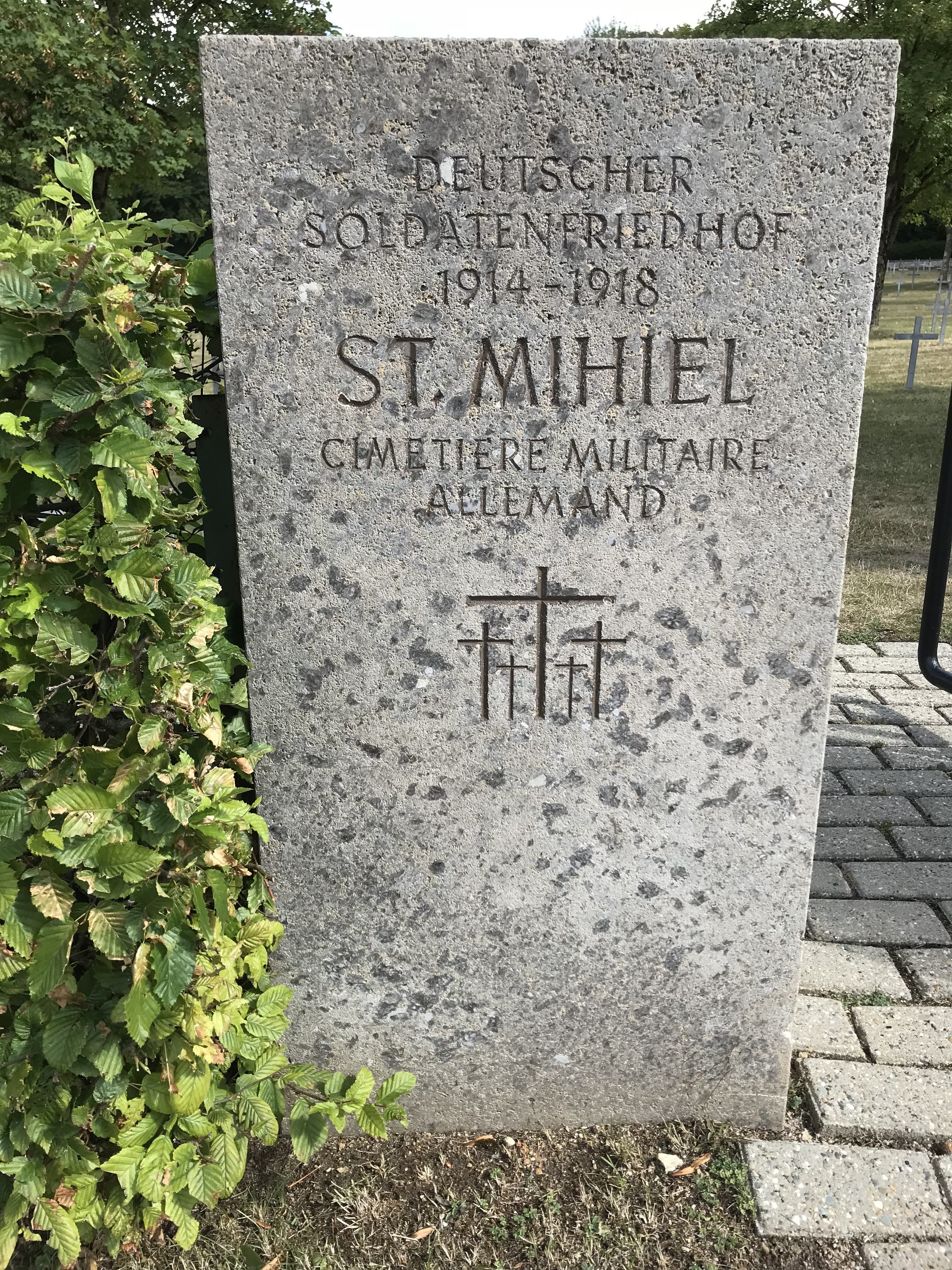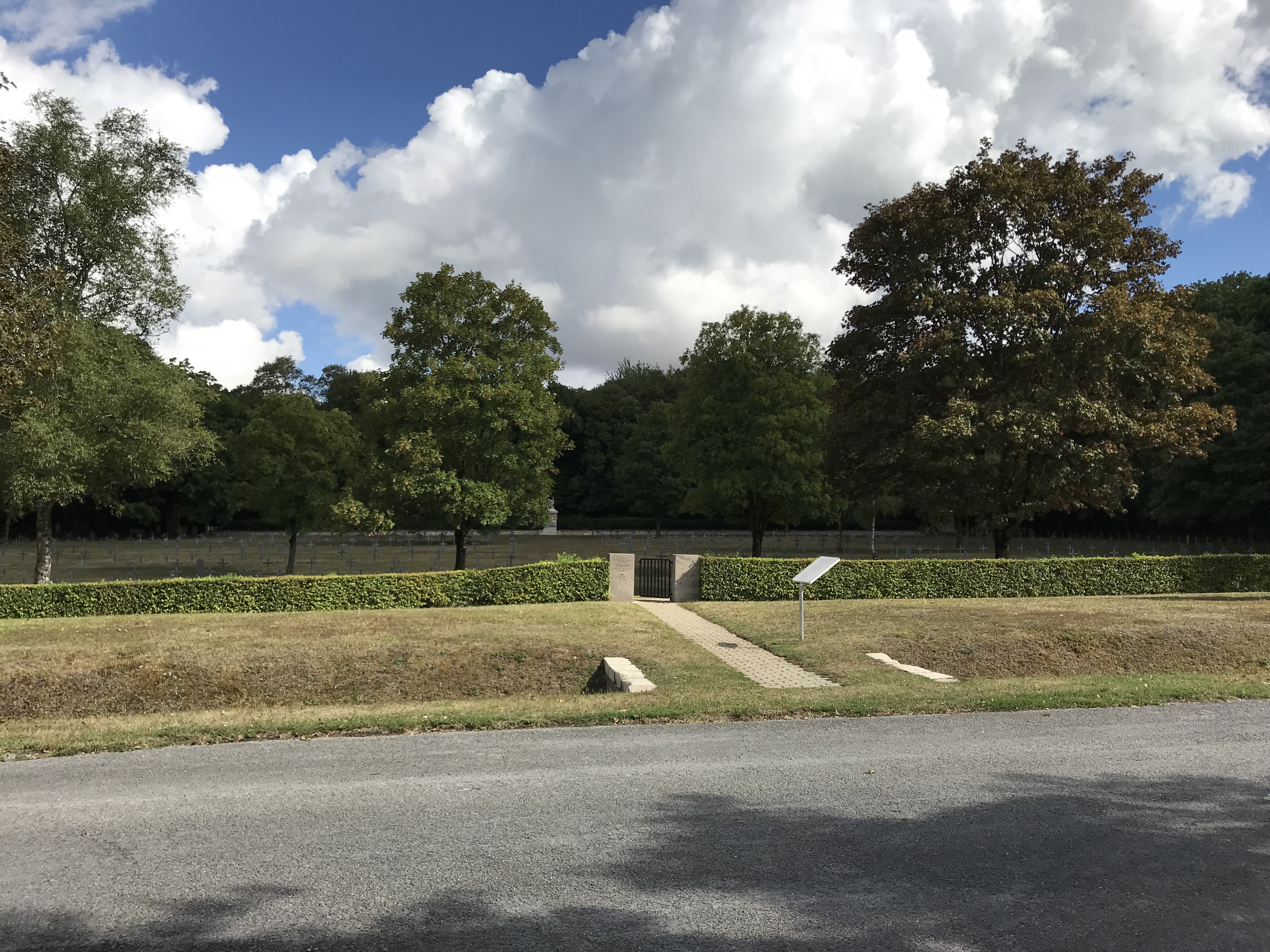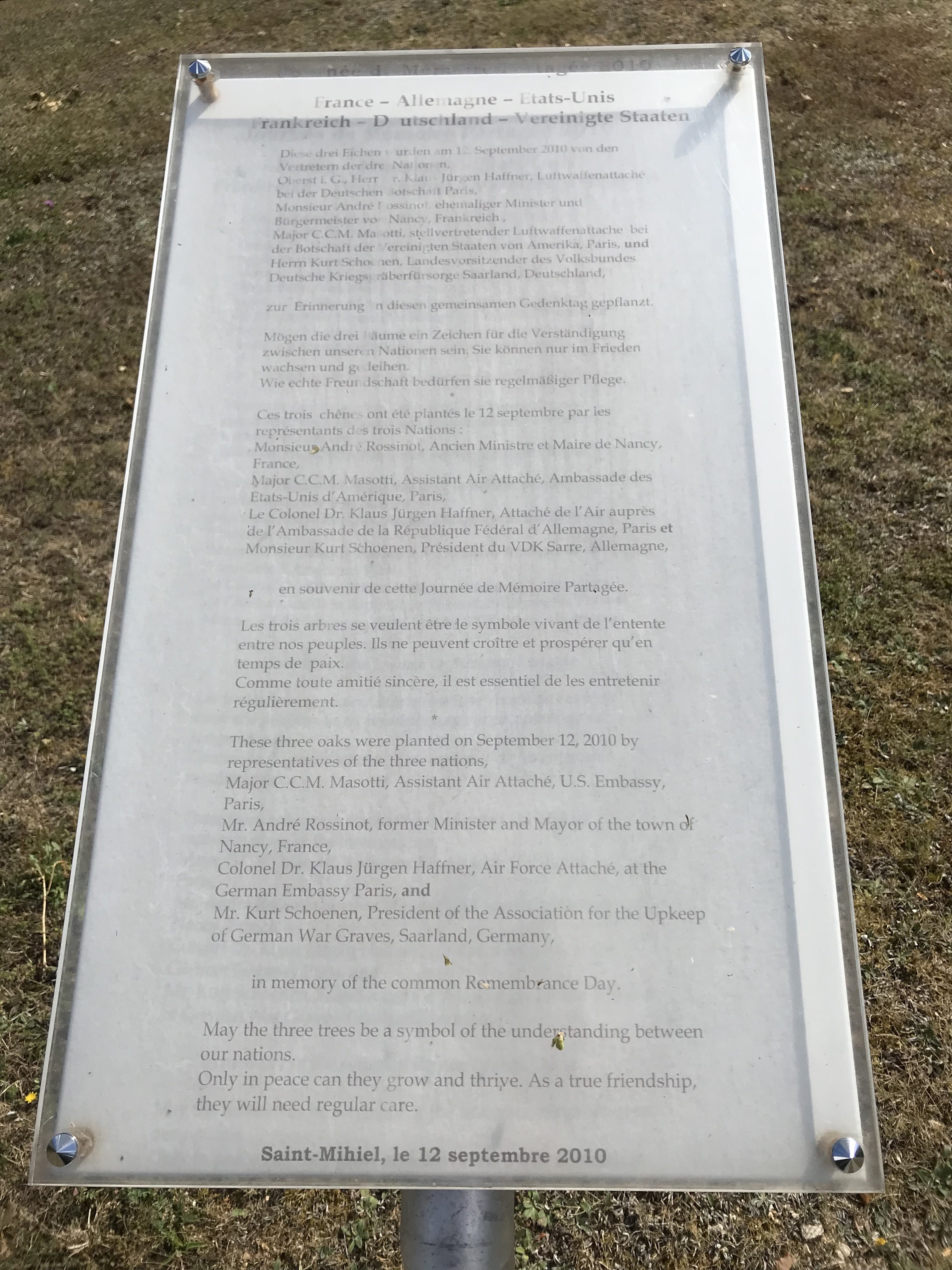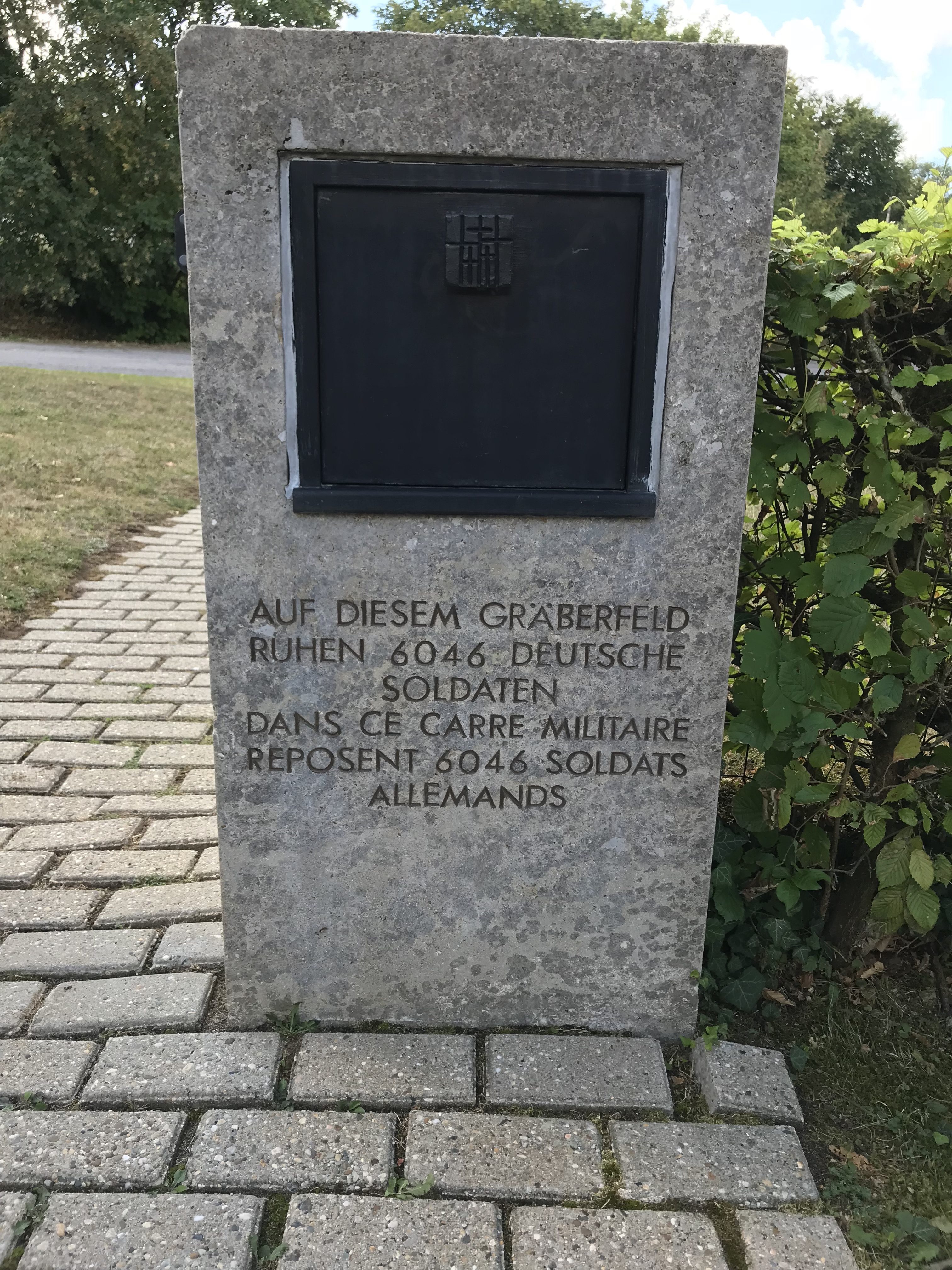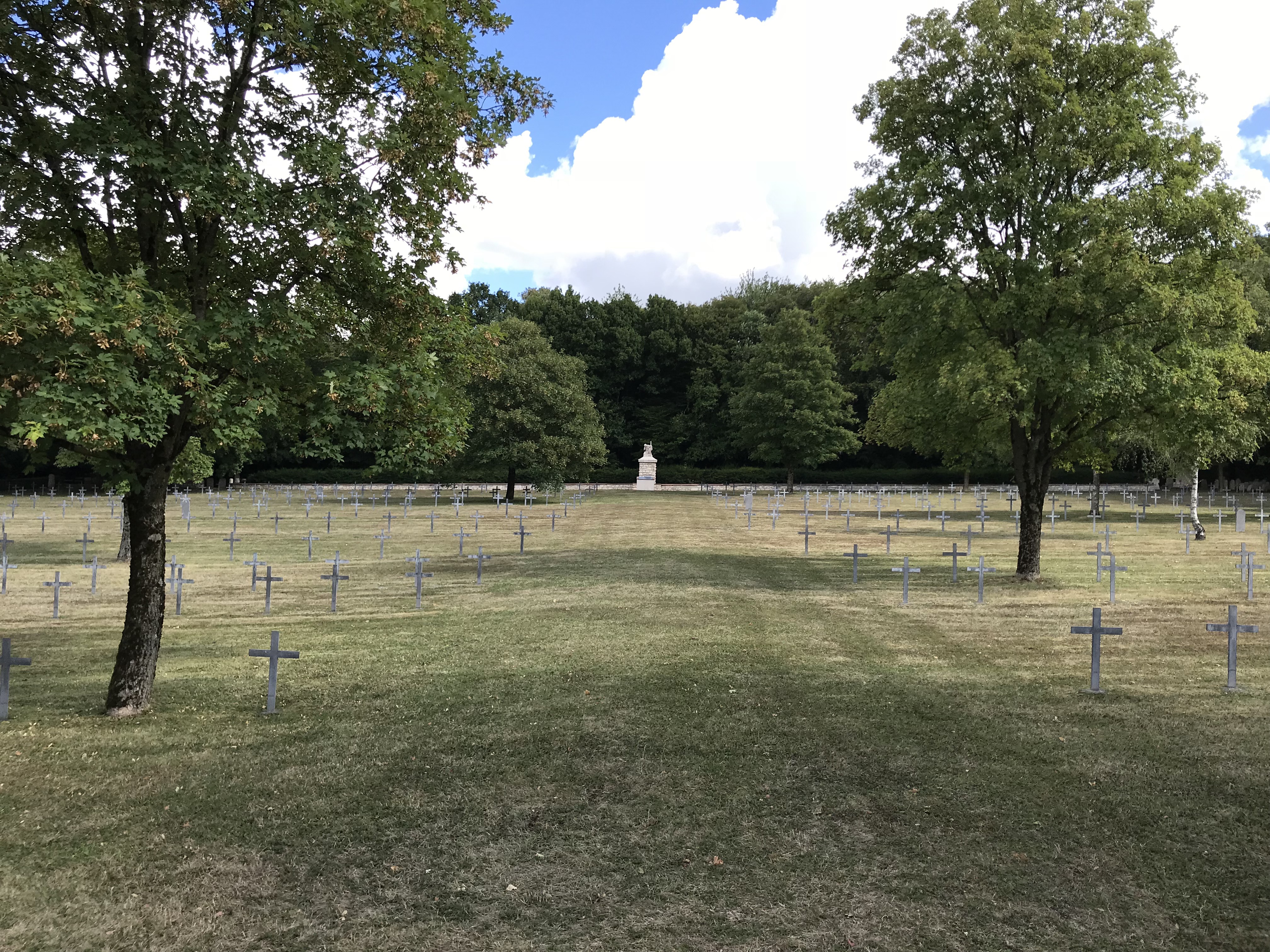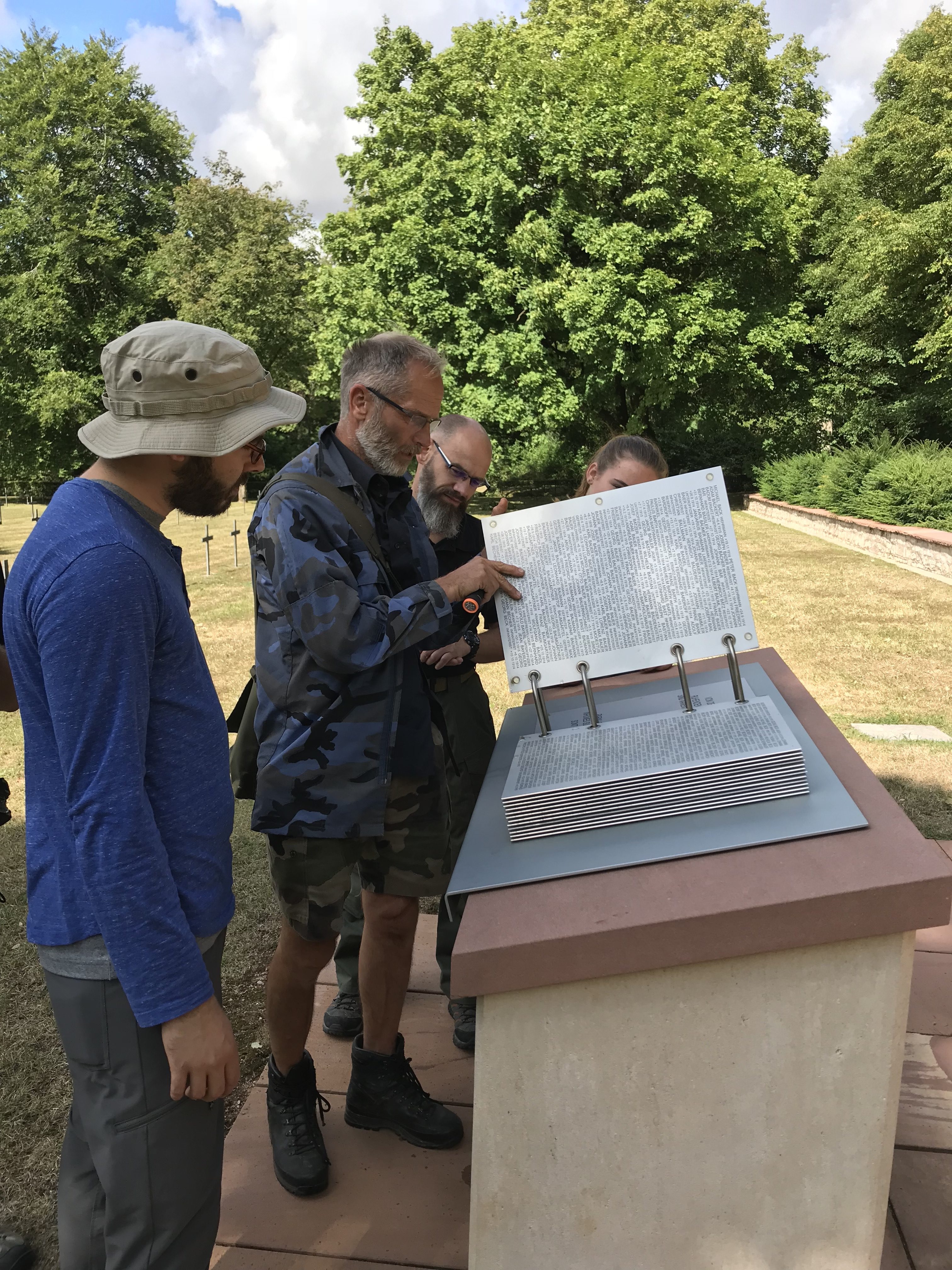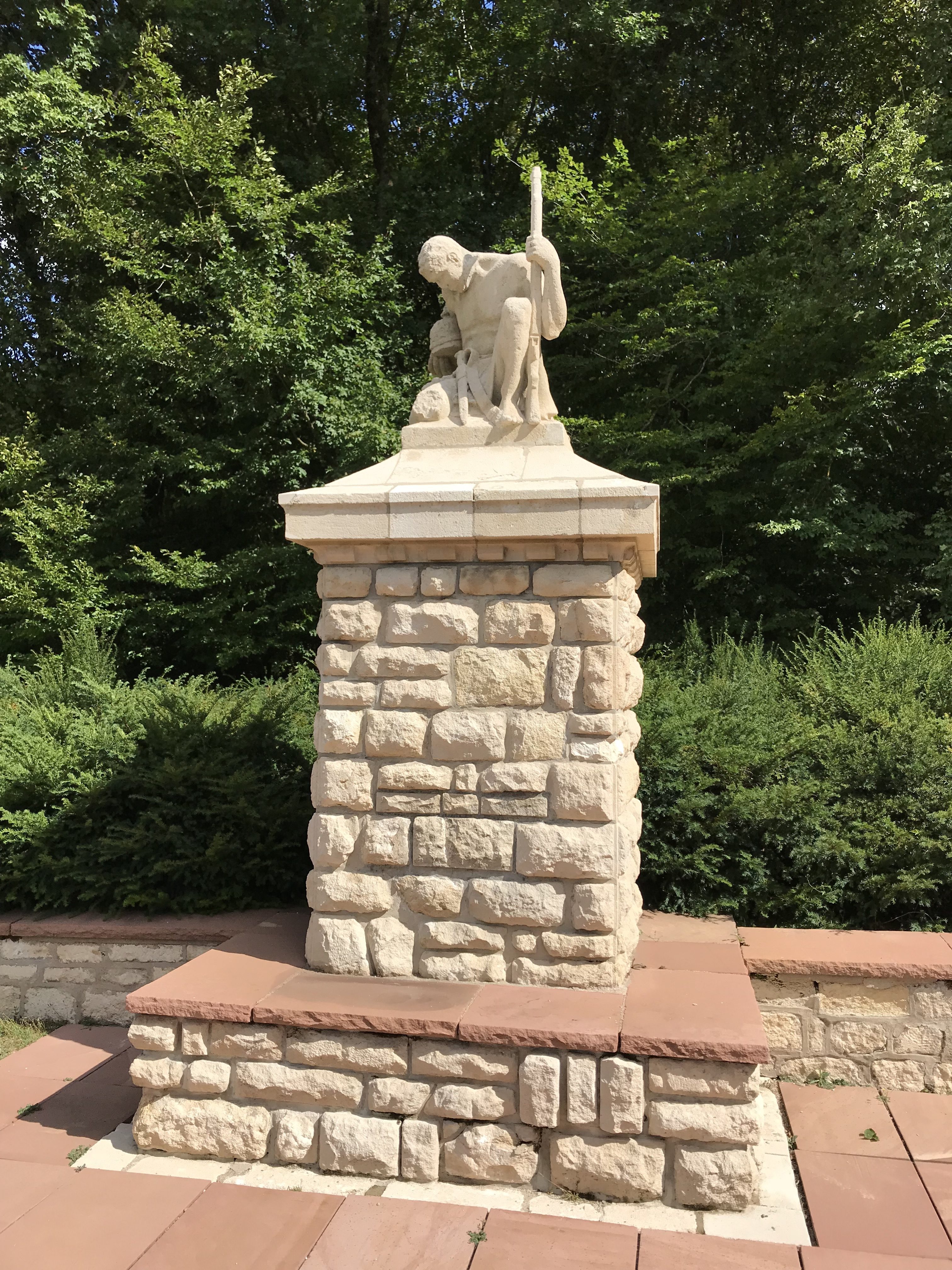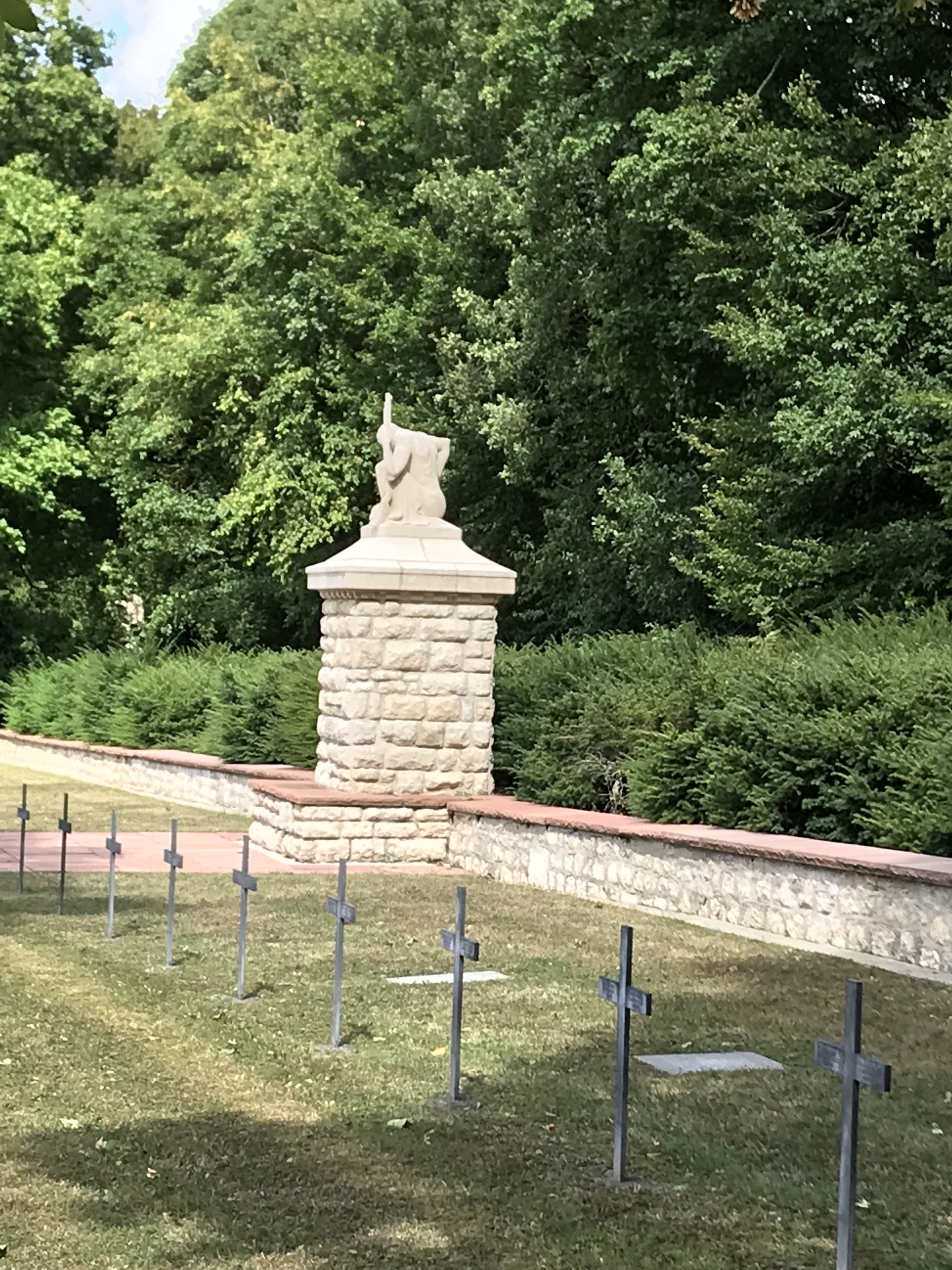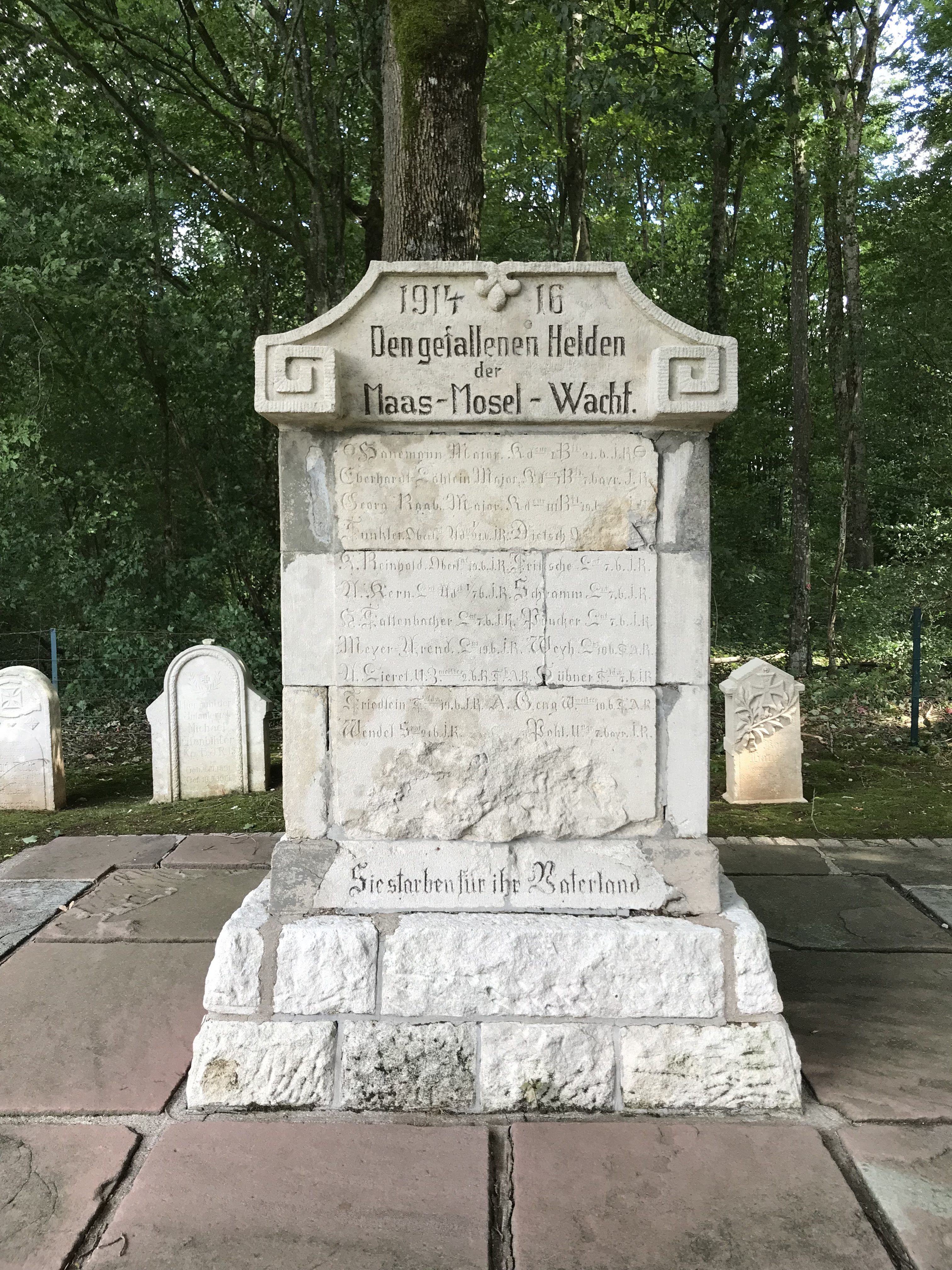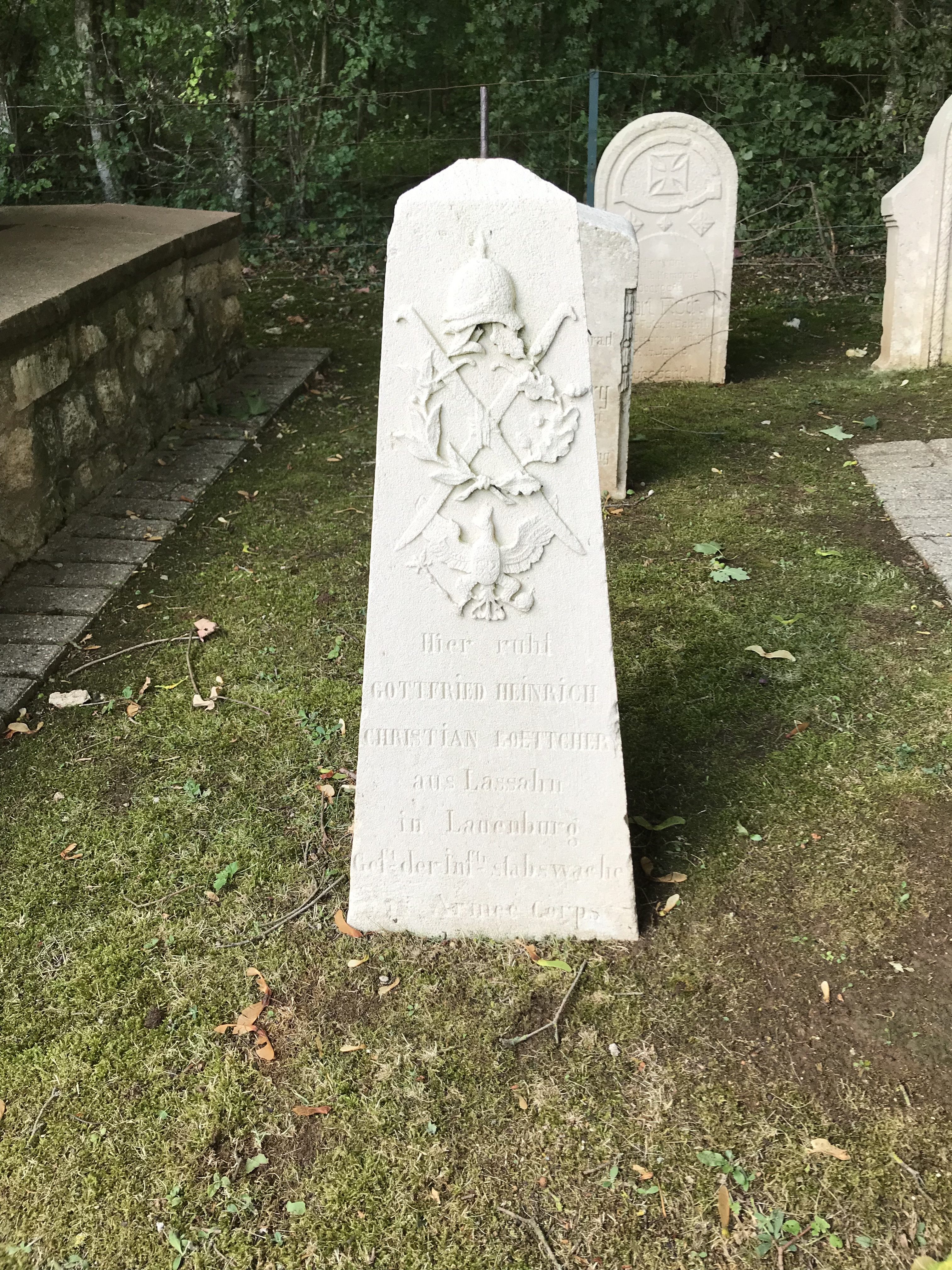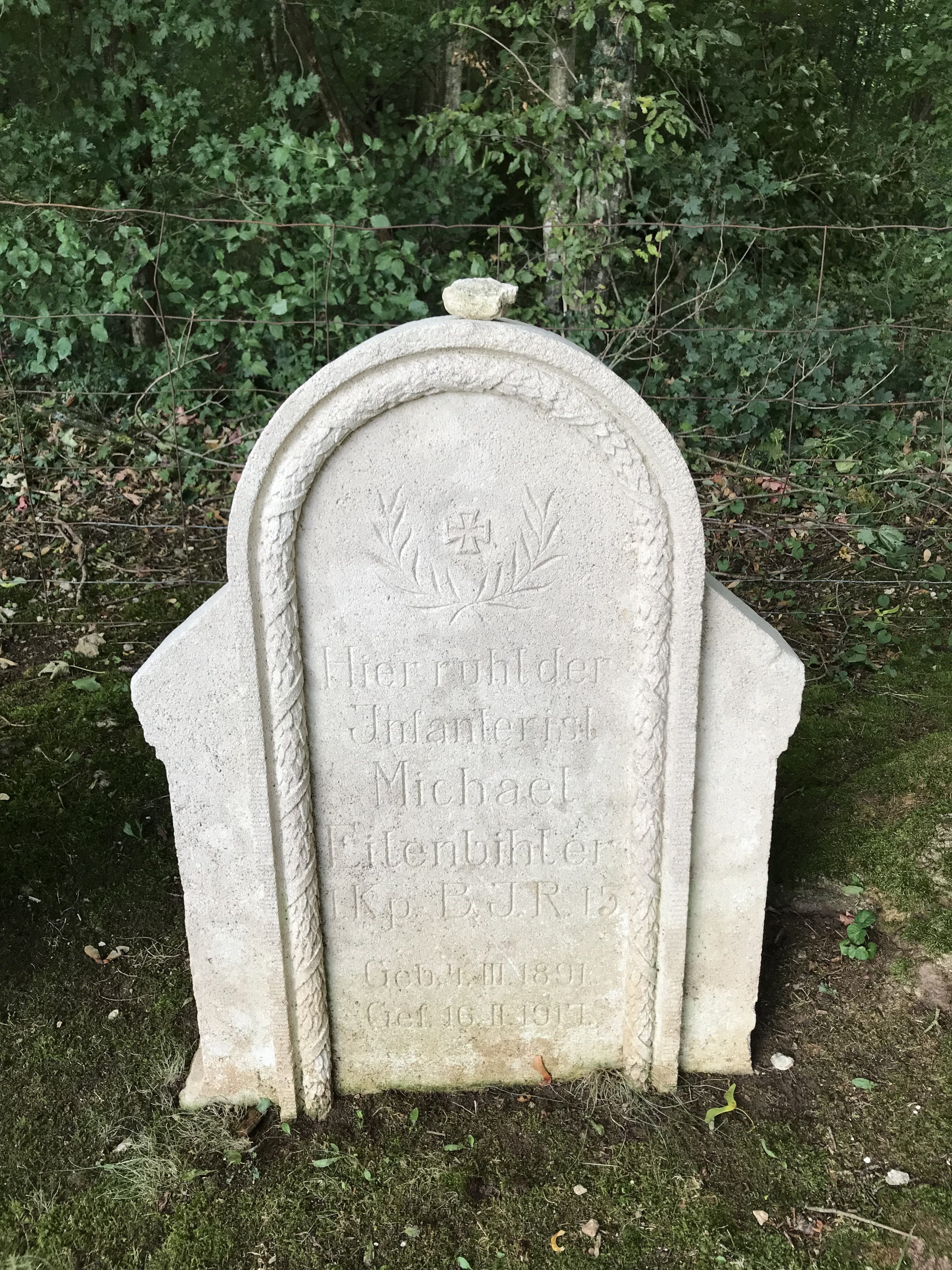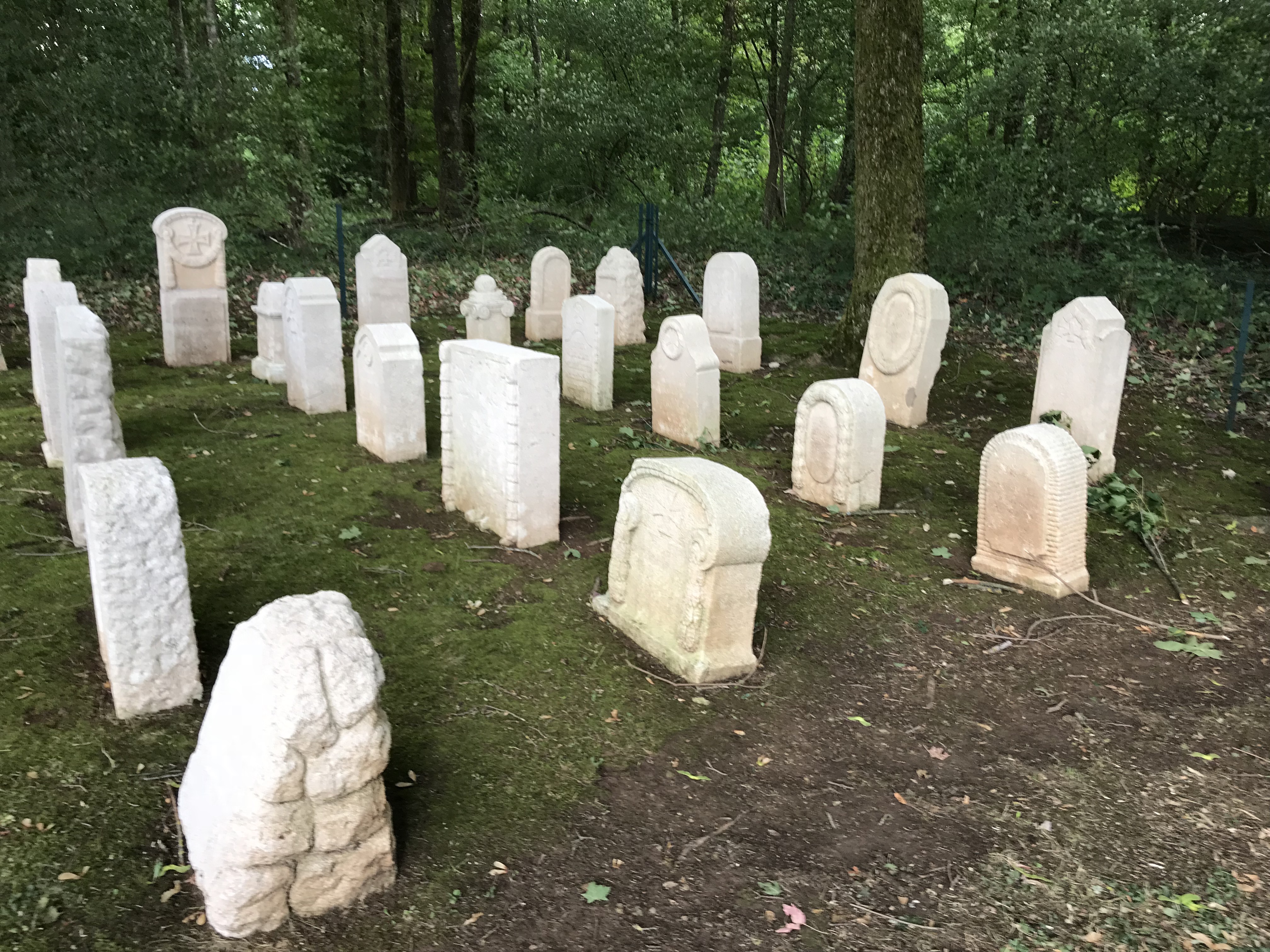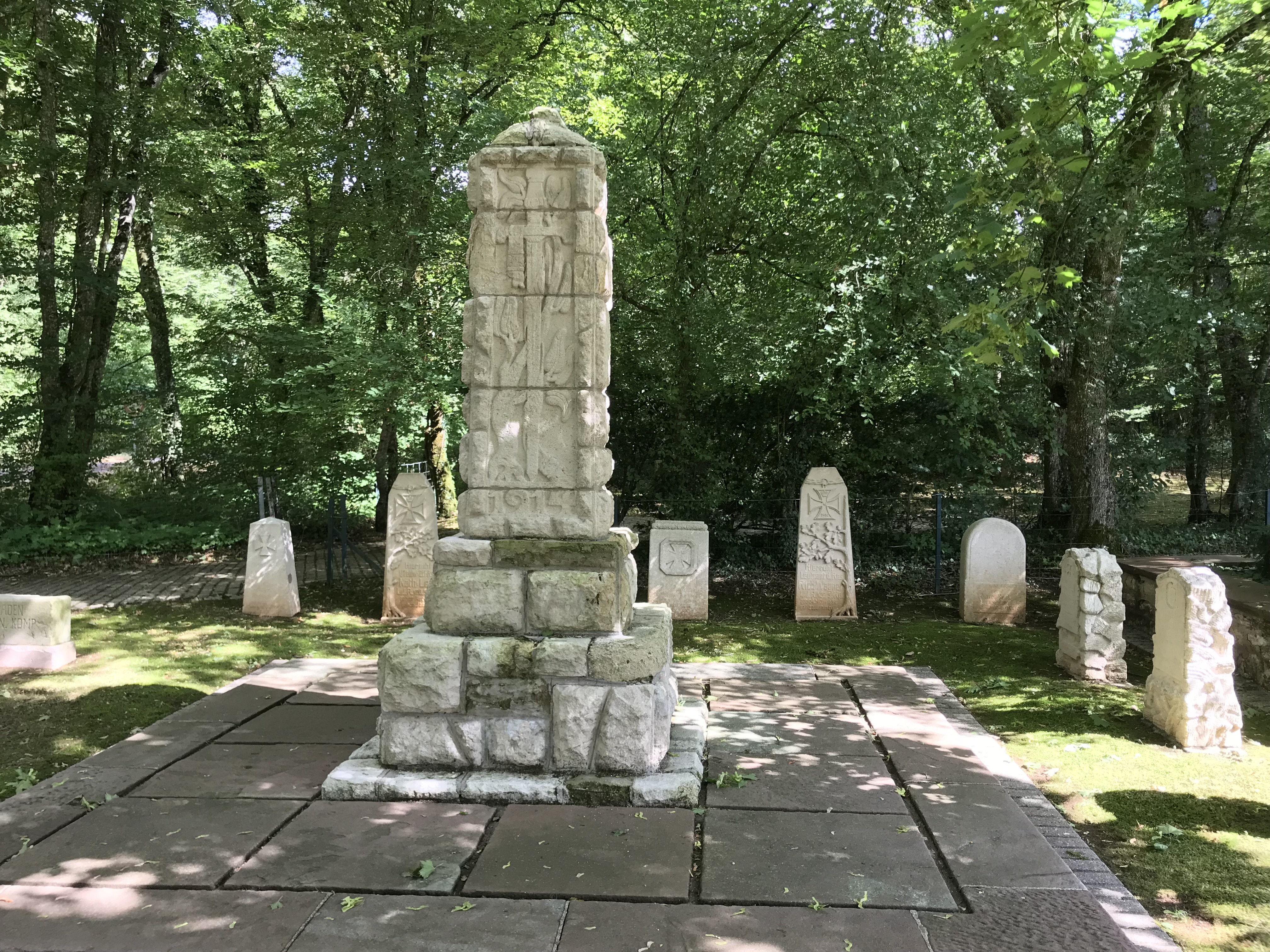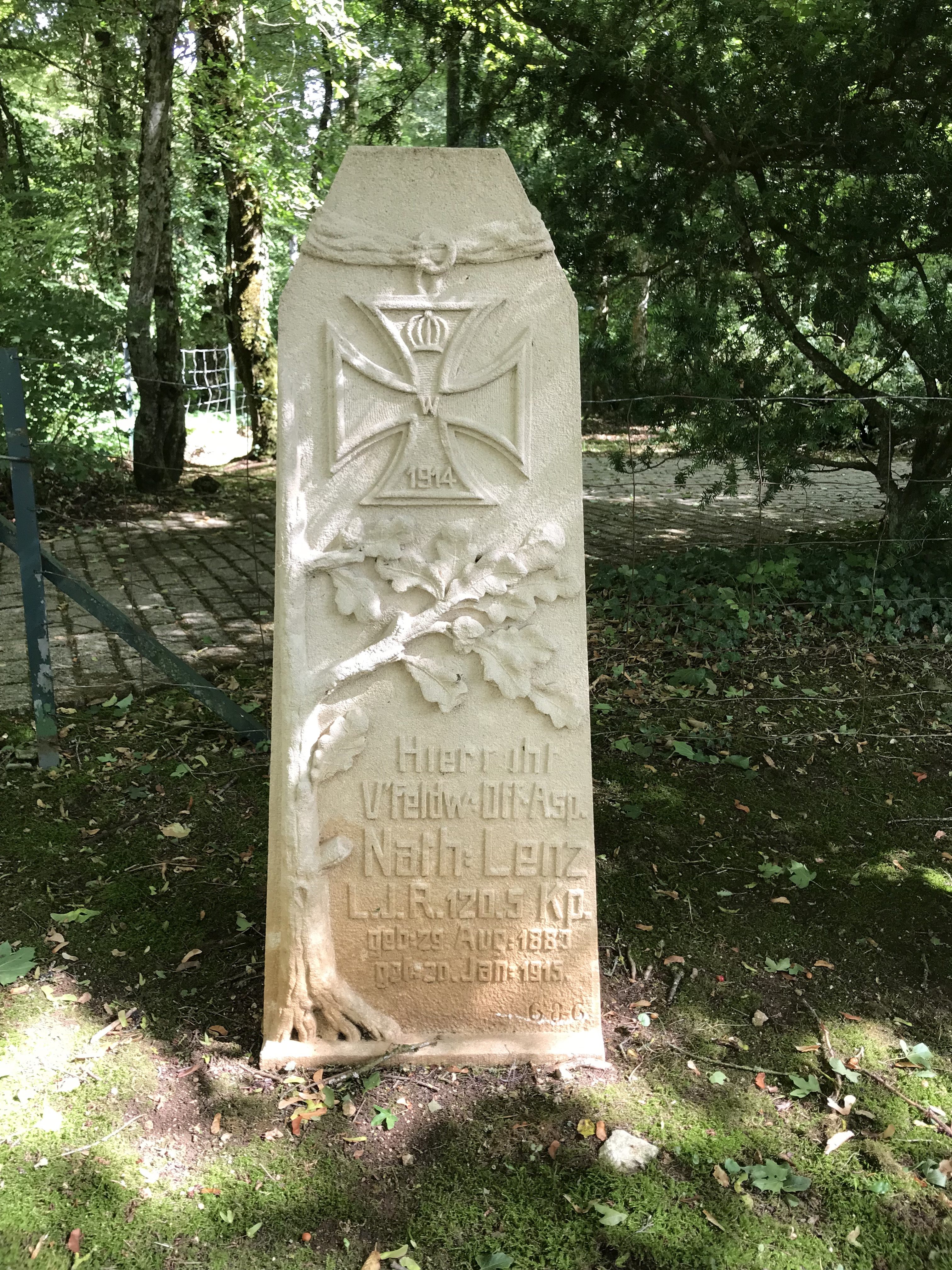In the summer of 1918 the Germans were spent, and the Allies began rolling them back. Supreme Allied Commander Marshal Ferdinand Foch had a plan to smash the enemy back and potentially end the war that year.
GEN John J “Blackjack” Pershing and his American Expeditionary Force were to play a major role in Foch’s plan, but to Pershing only as an independent force under his command. The story of the plans for the Meuse-Argonne Offensive is one of two very strong personalities coming together after a long, bumpy road.
The BFWWP is now on Patreon: https://www.patreon.com/BattlesoftheFirstWorldWarPodcast.
Any questions, comments or concerns please contact me through the website, www.firstworldwarpodcast.com or the Battles of the First World War Podcast page on FaceBook. Follow us on Twitter at @WW1podcast, and on Instagram at @WW1battlecast. Not into social media? Email me directly at verdunpodcast@gmail.com. Please consider reviewing the Battles of the First World War Podcast on iTunes.
